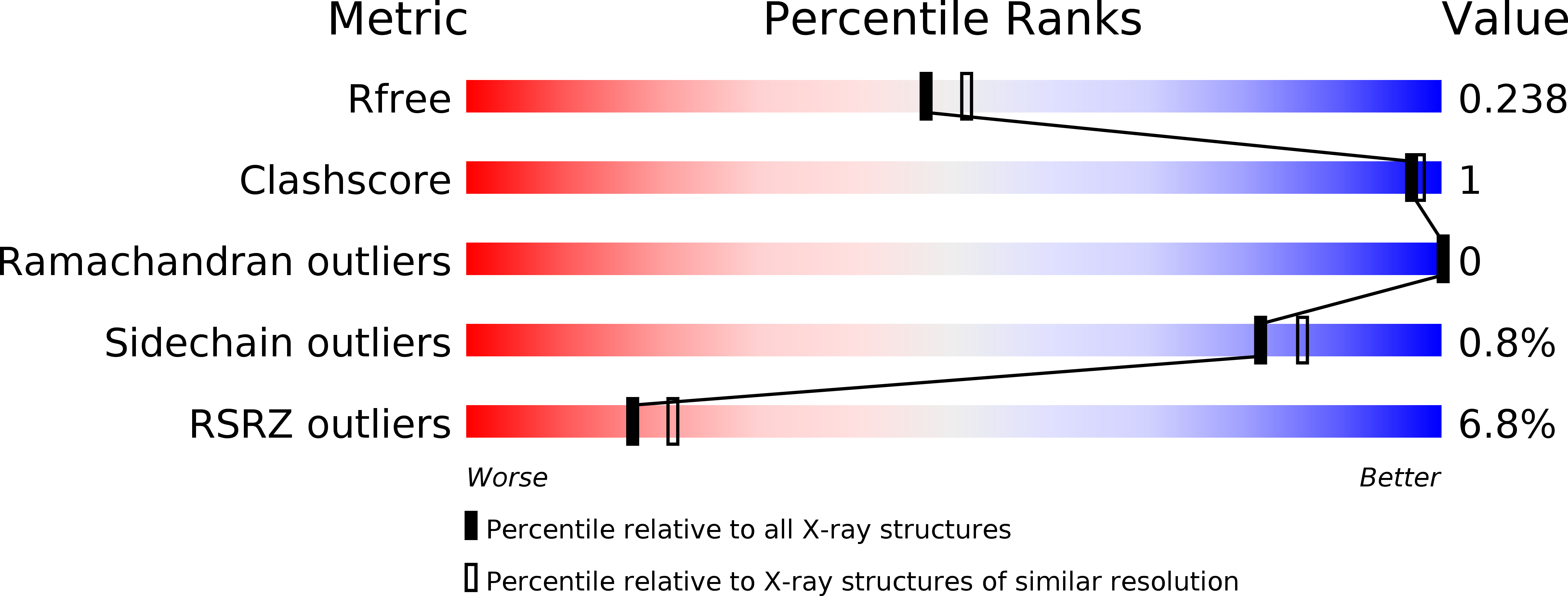
Deposition Date
2018-02-02
Release Date
2018-07-04
Last Version Date
2024-01-17
Entry Detail
PDB ID:
6FNA
Keywords:
Title:
Mono- and bivalent 14-3-3 inhibitors for characterizing supramolecular lysine-PEG interactions in proteins
Biological Source:
Source Organism:
Homo sapiens (Taxon ID: 9606)
Host Organism:
Method Details:
Experimental Method:
Resolution:
2.12 Å
R-Value Free:
0.23
R-Value Work:
0.20
R-Value Observed:
0.20
Space Group:
P 21 21 21


